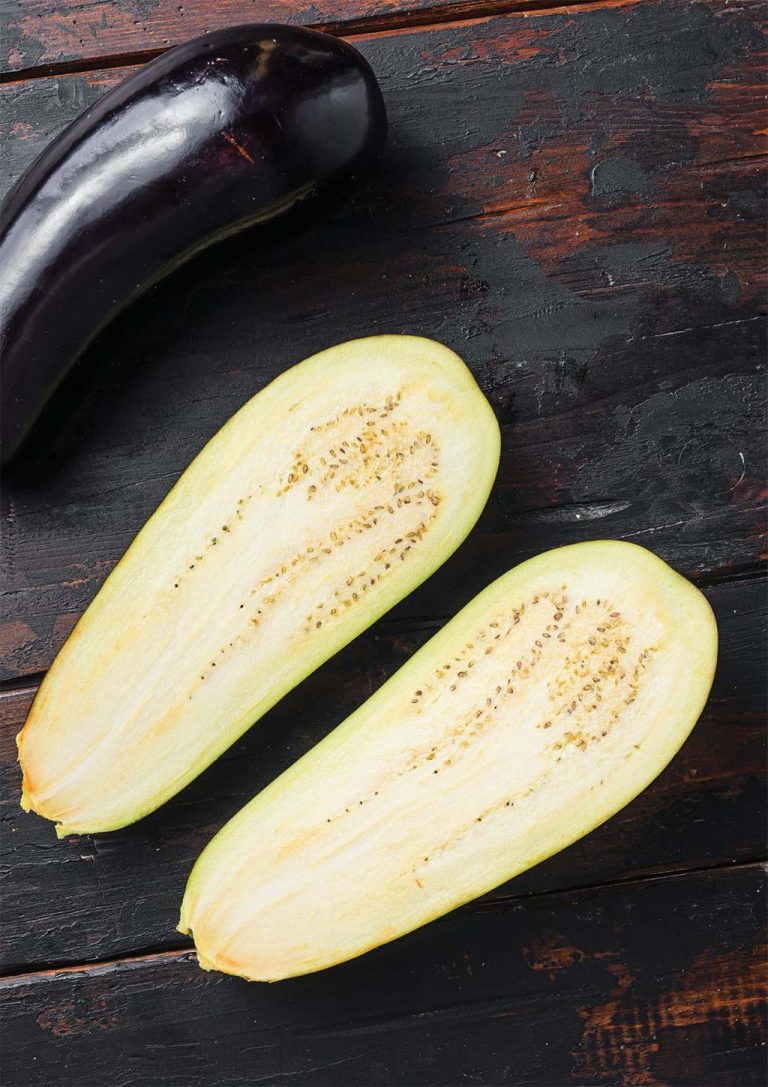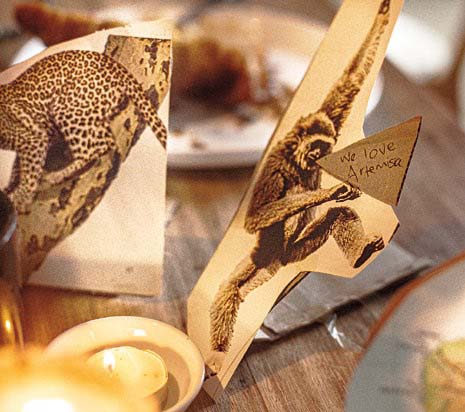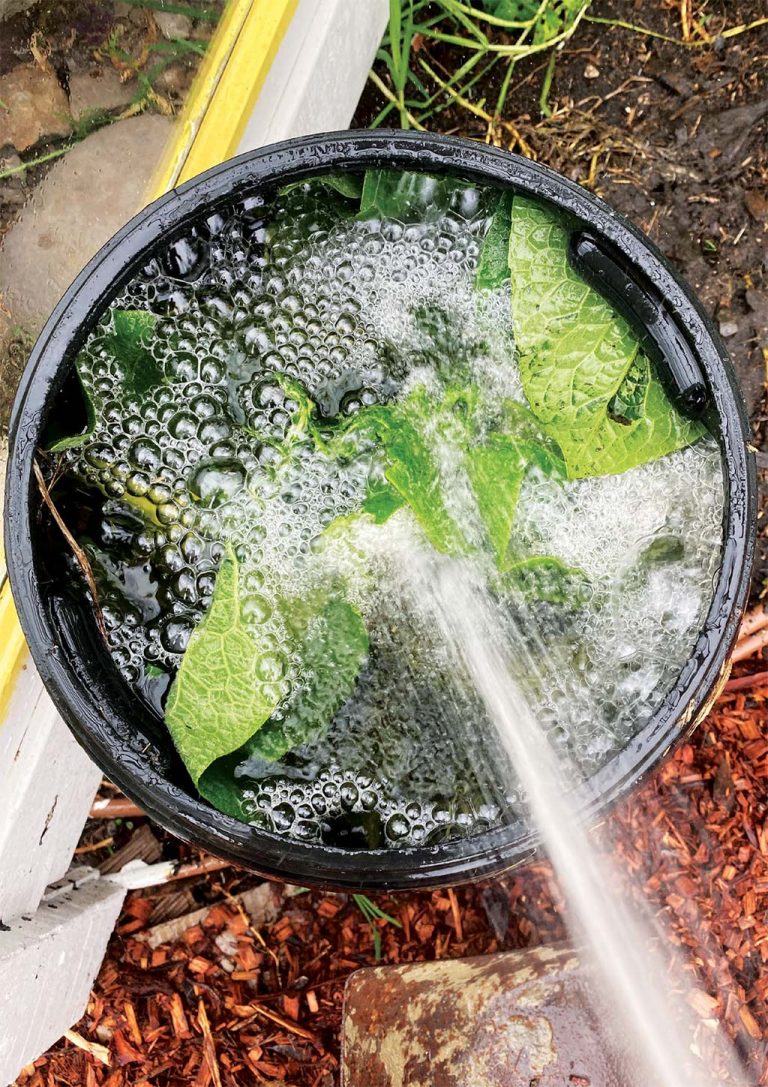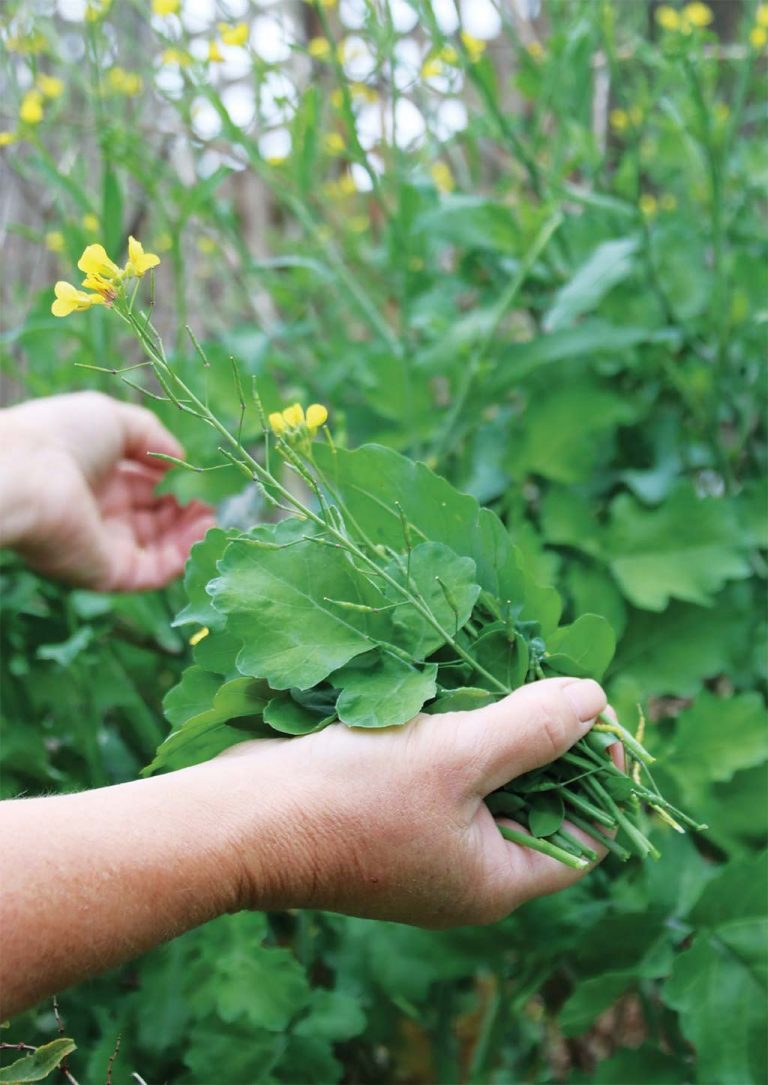Read & Watch
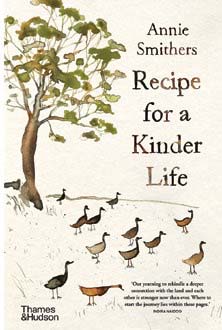
Chef Annie Smithers takes us on a generously honest journey of finding, connecting to and regenerating land that can support her family, her restaurant and her desire to live more sustainably.
Part cookbook, part journal, Recipe for a Kinder Life is a warts-and-all account of the realities of caring for the land and reaping its bounty. Sincere, frank and often laughout- loud funny, Annie details the lessons she’s learnt through chapters such as Land, the Productive Garden, Buildings, Water and Weather, each punctuated by her favourite recipes from her decades of experience.
‘The path I have chosen over the past dozen years does not make me an expert in sustainable living; I’m just a regular person trying to step a little more gently on the earth and to live a kinder life,’ she writes. ‘Yet, I feel there are more and more like me who want to make a change for the better: to simplify their lives, to lessen their footprint, to have time for things that matter, for each other, to reconnect with skills and lessons that have been forgotten.’


